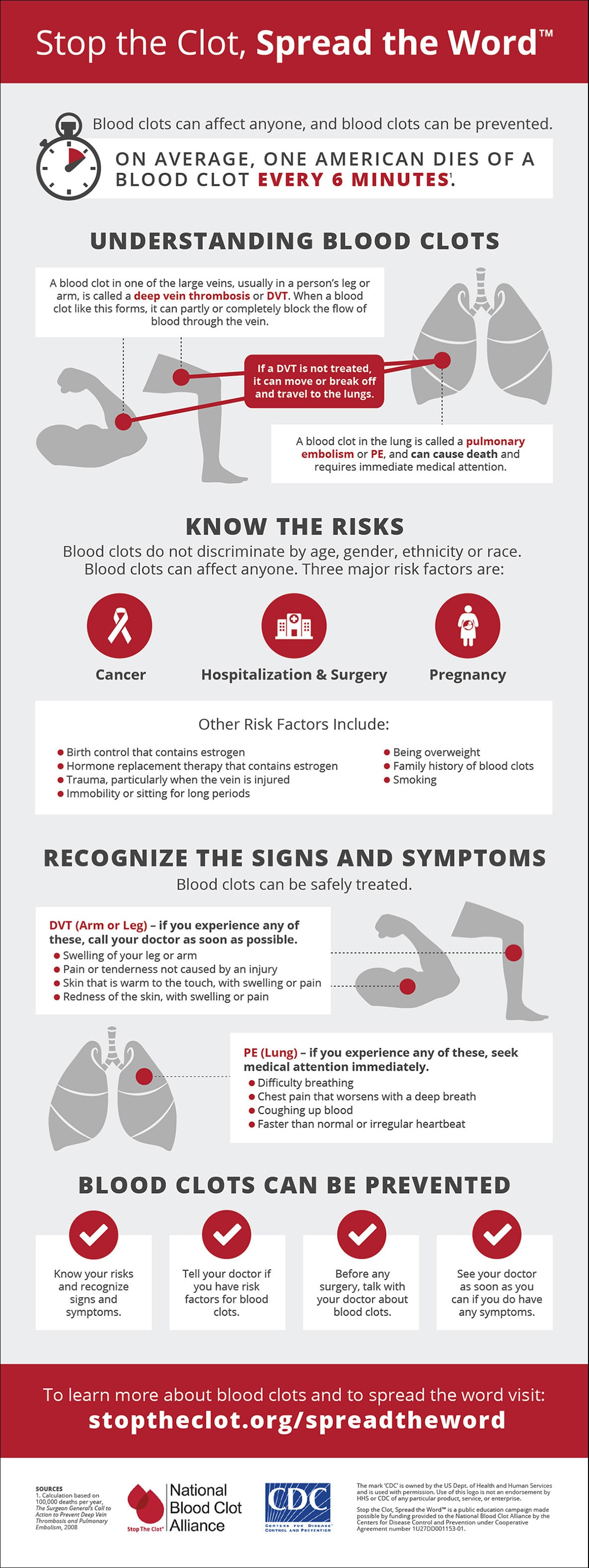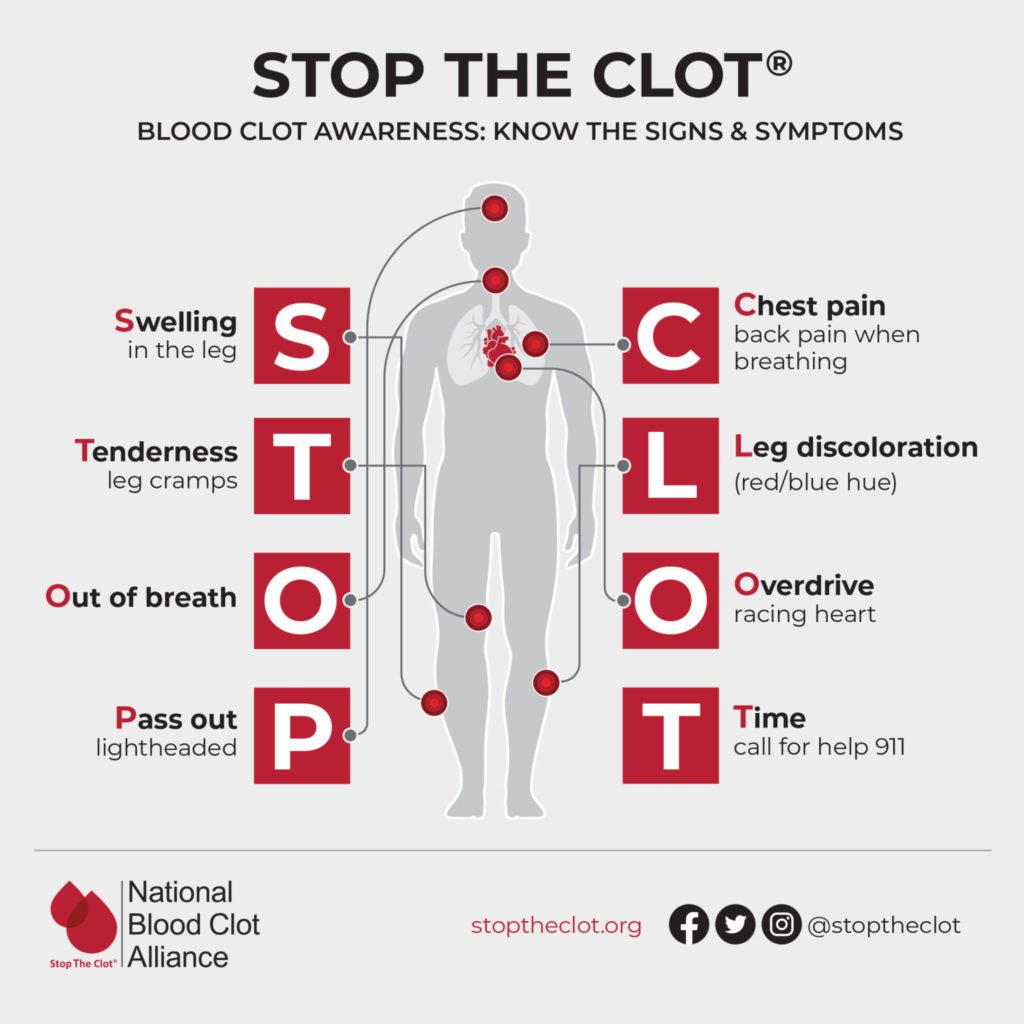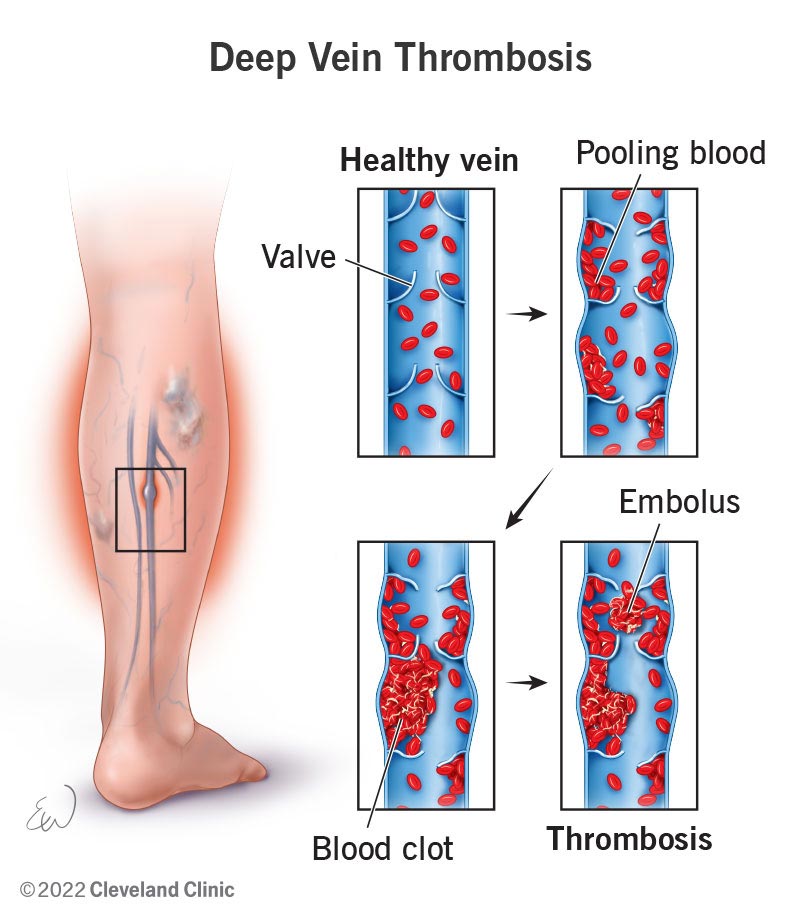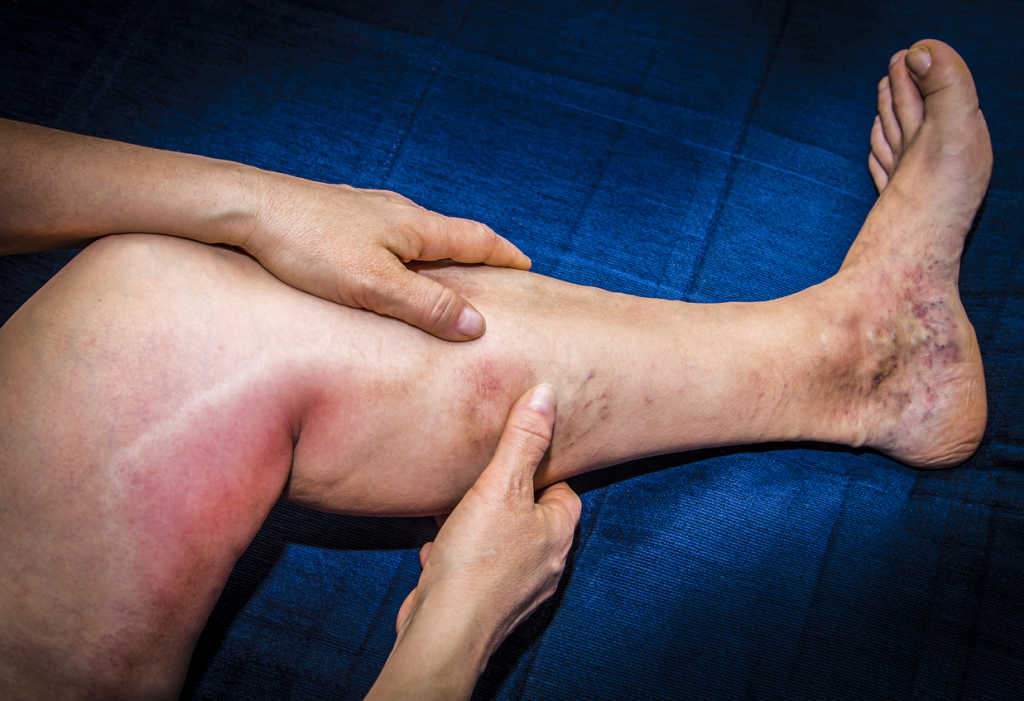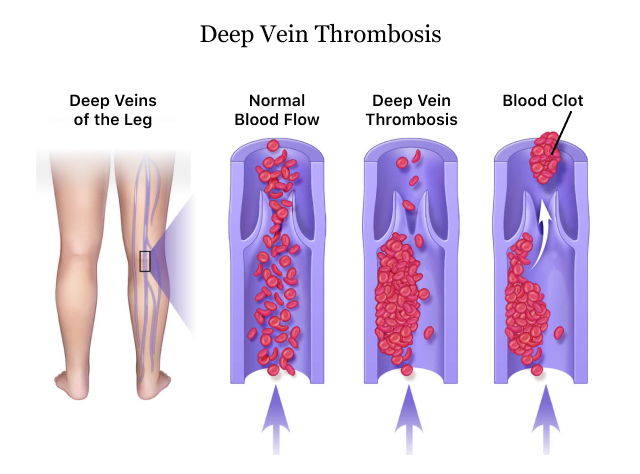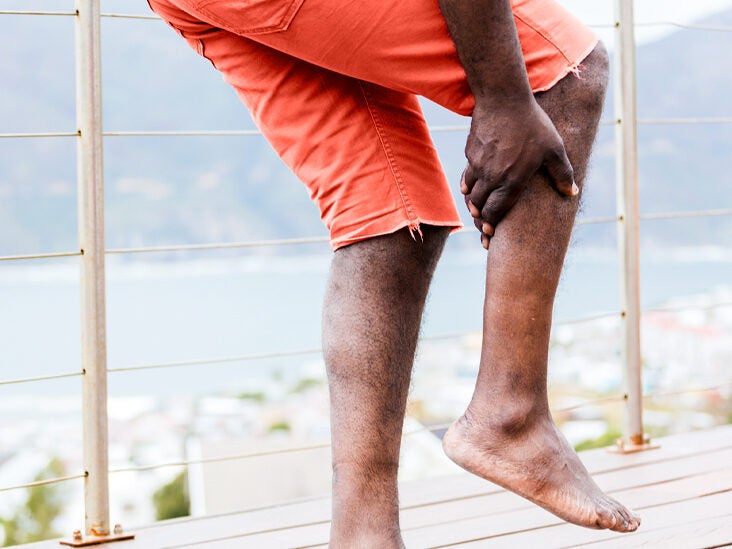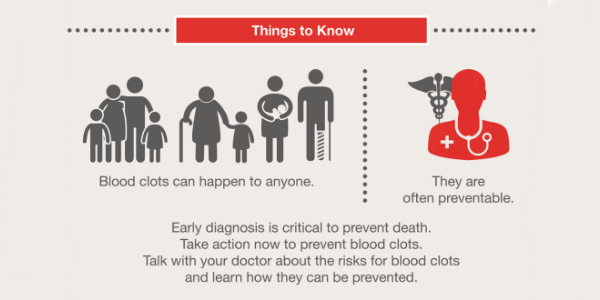Unique Info About How To Detect A Blood Clot

It is then analysed in the laboratory.
How to detect a blood clot. If the clot is small, minor calf swelling can also occur, whereas bigger blood clots can cause the. A dye is injected into the catheter and will show. This imaging test can help rule out other potential causes of your symptoms.
Sound waves are used to create a view of your veins. This test is usually the first step for confirming a venous blood clot. This can happen in the exact spot where the blood clot forms, or your entire leg or arm could puff up.
Your doctor will ask you about your symptoms and do tests to find out whether you have a blood clotting disorder. This test involves insertion of a catheter into one of the large veins in the groin, and one into an artery that services the lung. Since clots block your blood flow, blood builds up behind the clot.
Also, arms may turn slightly purple — particularly in your forearm or hand —. Those who have a blood clot in their arm or leg are likely to experience swelling and tenderness. Watch for swelling, especially in an arm or leg.
Chest pain lightheadedness shortness of breath pain in the arm, neck, back, or jaw sweating nausea or heartburn racing. Recognizing symptoms of a blood clot. You might notice that your arm or leg takes on.
This test is usually the first step for confirming a venous blood clot. A blood clot in the heart could cause symptoms like: A blood sample is taken into a bottle that contains a chemical which prevents the blood from clotting.

/blood-clot-diagnosis-5ae0b9a43418c60036298227.png)
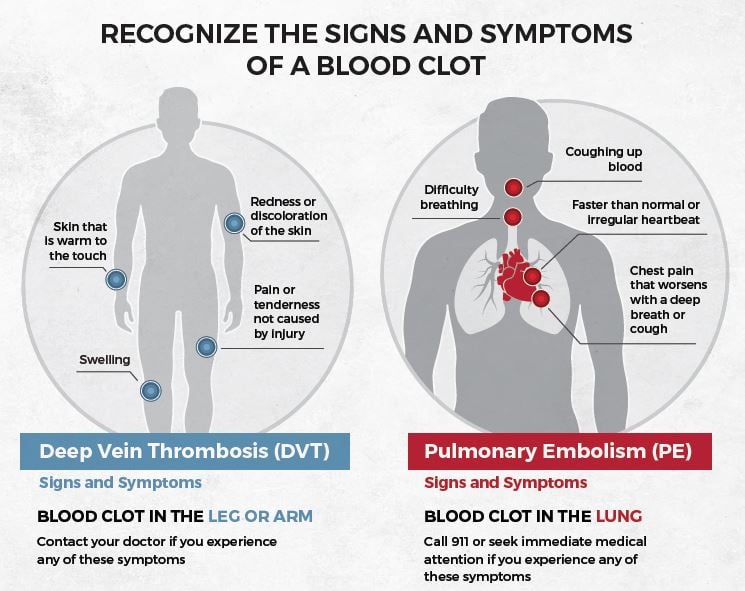

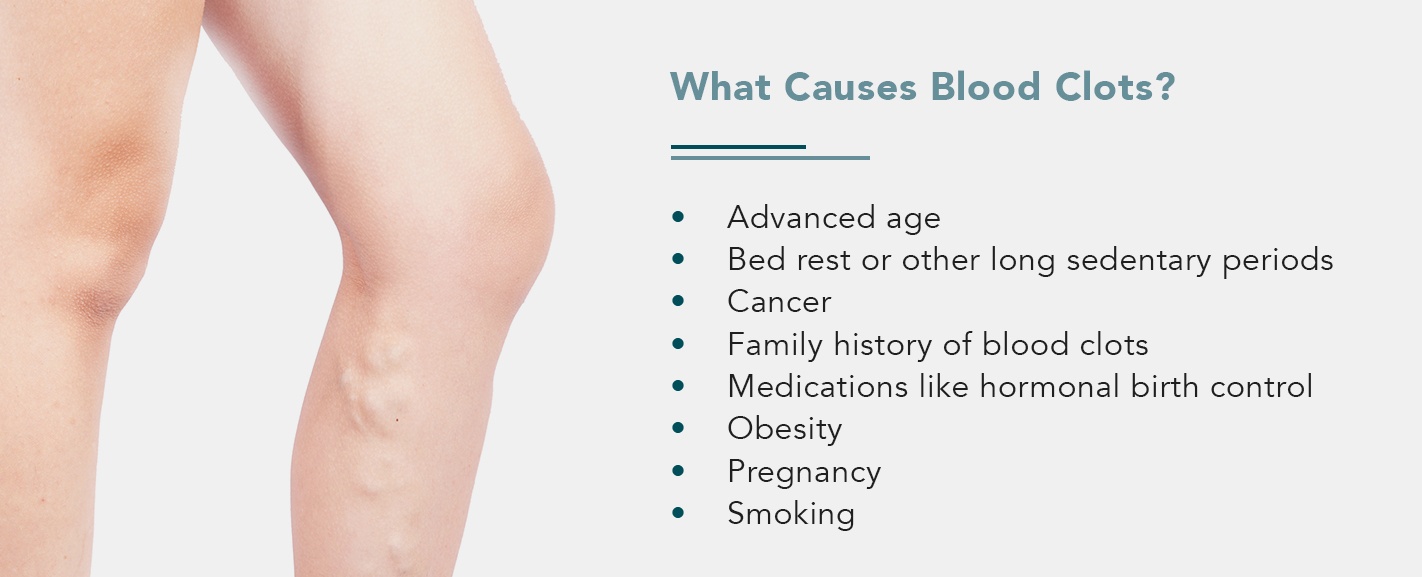
/overview-blood-clots-1745326_final-3990f6d12e19428e8734d92f068ce0de.png)

